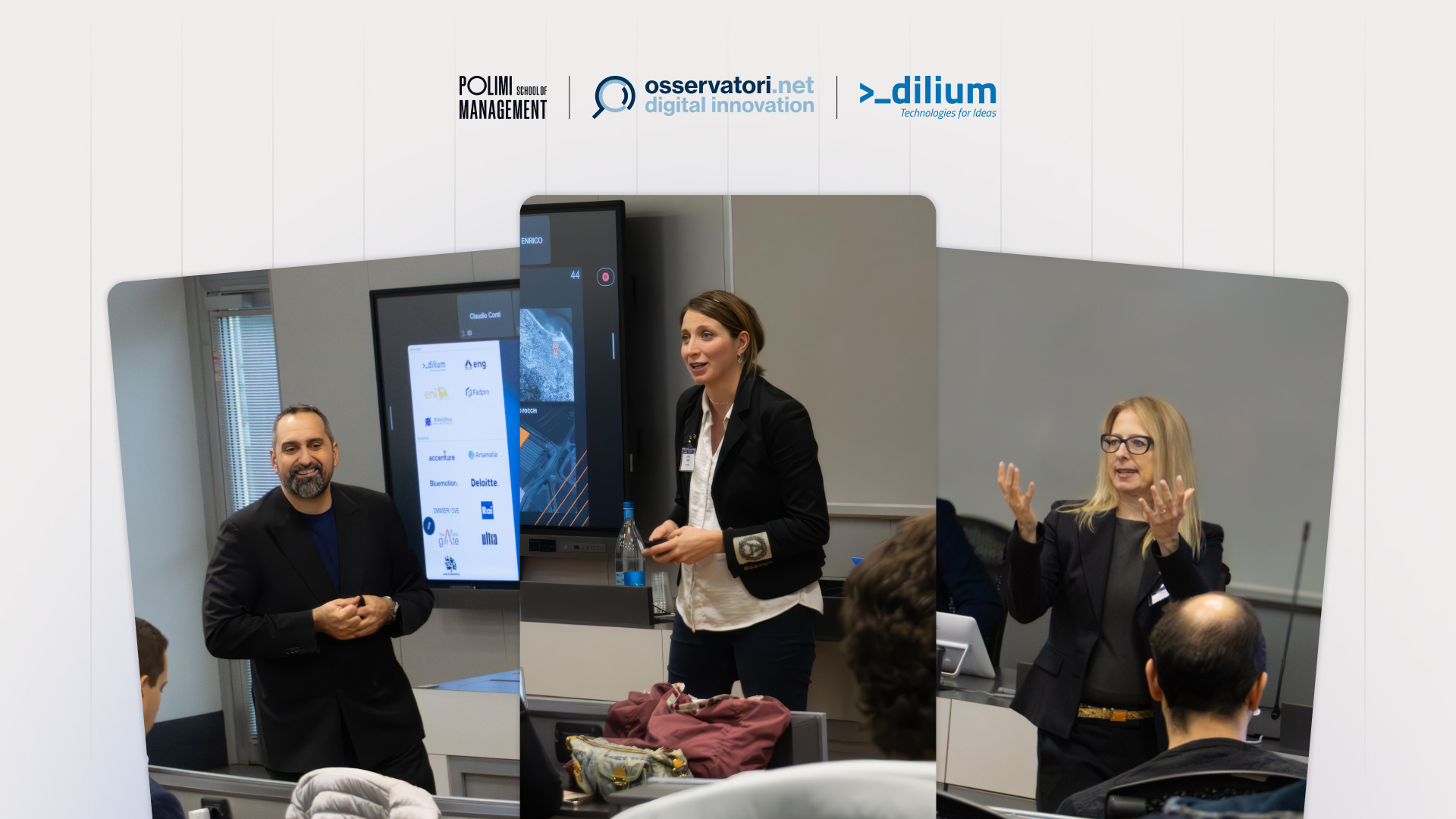Home News
Augmented Reality, “State of Art” and Future Trends
Augmented Reality, “State of Art” and Future Trends

26/03/2020
Everybody heard about AR as the technology of the future. But do we actually know its impact on a global scale?

Augmented Reality is many times considered as a technology that can be applied only in ICT contests with a high level of technology. This is a wrong consideration and it finds no ground in our daily life. The AR is a technology that is nowadays used in many businesses and for a wide range of activities.
To go deeper, the AR is able to enrich the reality that surrounds us (thus objects and a spaces), thanks to the application of layers of digital information (2D or 3D), made by a computer and visualized upon a device, such as a smartphone. It is not only a relevant technological progress, but it is also considered an innovation that permits to develop a new and enriching way for communicating, able to adapt to many industries and augment their potentiality.
In order to understand completely the greatness of AR it is necessary to briefly consider the numbers that characterize its disruptive journey in the ICT industry. There are two items to keep in mind that well define the scope of AR: firstly, the market values $882 millions with a CAGR of almost 152%. Secondly, the financial return of the next three years is estimated to be +4,3% and -3,9% respectively for revenues and for costs.
Gartner has not considered AR in the Hype Cycle Chart of 2019. This choice can be considered as the proof that AR has accelerated his development and has already became a mature technology, used by the 45% of the companies that are experimenting it. Numbers tell and promise a lot, but we cannot stop considering other issues. It is necessary to enlarge our analysis and consider AR related to its application to many sectors. Industrial production, education and formation, automotive industry and high-tech sector are the ones where AR is more applied, contributing in many cases to operational benefits of 10%.
In the industrial production, 36% of the companies are using AR in their processes, stating that this innovation is largely used as a support for workers, for raising efficiency and decreasing time scheduling. AR can be used to guide the implementation of activities, with follow ups and messages that help workers to efficiently doing his/her task. In education and formation, or retail shopping, the objective is to use AR for visualizing information and favoring the interaction of customers with technology and brands in many cases.
Many are the success cases of application of AR, many times in different contests. Among the best in class that on a global scale made headlines, it is possible to find Burger King. Recently, the fast food company has created a challenge for its customers, who had to “set on fire” the ads of the competitors to win a Whopper, the iconic burger. Another success is Toyota, the automobile firm allows customers to use its mobile application to go “under the skin” of its last hybrid model, discovering the complex functionalities in an easy way and augmenting the engagement. A last example, this time in medical sector, is AccuVein of which AR device highlights veins in order to make job easier for caregivers, avoiding issues lately.
Regarding the analysis of the future trends, what has been evicted is the AR’s capacity of being in the centre of studies and researches aimed to make the technology better, evolve the digital system and more. With other words, AR has big margins to grow from a technological point of view but also from the applicative one. Its adoption is still difficult among many firms and among potential users, but it is estimated this trend is going to change in the close future. This is going to be possible thanks to the upcoming introduction of 5G. A big influence in the adoption of AR is coming from hardware producers, which need to sustain the growing demand of these services by integrating software with devices.
In the future, smart-glasses, helmets and visors will be more and more efficient and applicable to a growing number of contests, such as the military or the healthcare ones. This will allow to all the entities that invest resources, time and money to make available to a big part of the potential users these devices, in a way it is possible for everybody to exploit all the advantages and the benefits coming from AR. Moreover, the growing importance and diffusion of Mixed Reality (MR) is additional food for thought about innovative technologies that are very dynamic and able to integrate themselves with new ideas and trends.
Anyway, the most precious take away coming from these data is the role of AR as a technology applied not only in high-tech contests but also in the more traditional ones. These usually do not use this type of innovations, but in the next future they will be able to enlarge their offer and change perspective on how we intend some concepts, just by considering the adoption of such technologies. For example, it has been estimated that AR will reach 100 million users in the retail sector, contributing to change what we intend today with Customer Experience.
Innovations arise and have success where something new – an idea, a process, a tool – is applied across the typical sectors, making the technology (in this case AR) pervasive and contributing not only to enlarge product and service offer but also the knowledge of some disciplines.
References:
- Mordorintelligence.com – Augmented Reality Market Size: growth, trends and forecast, 2020-2025
- Cognizant – The Real Reality of Augmented Reality (August 2019)
- Capgemini Research Institute – Augmented and Virtual Reality in Operations, 2018
- PTC – State of Industrial AR (White Paper 2019)
- Gartner – Hype Cycle Chart (2019) e Press Release
- https://www.mobilemarketer.com/news/burger-king-sets-rivals-ads-aflame-with-ar-app/550980/
- https://brandwidth.com/work/toyota-hybrid-augmented-reality/
- https://www.accuvein.com/why-accuvein/ar/





